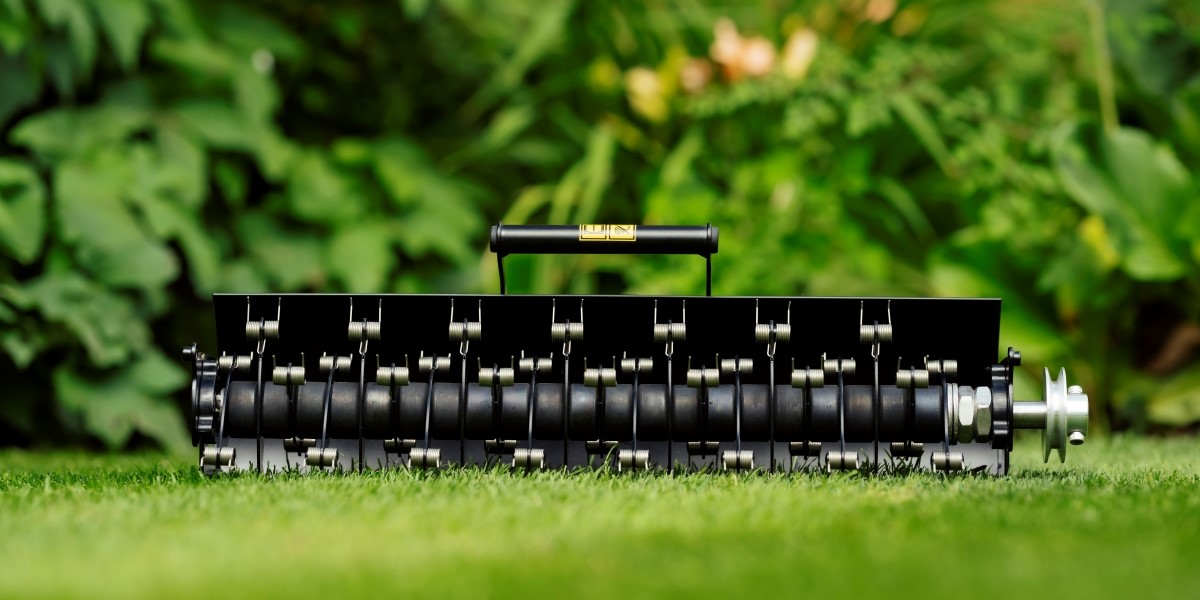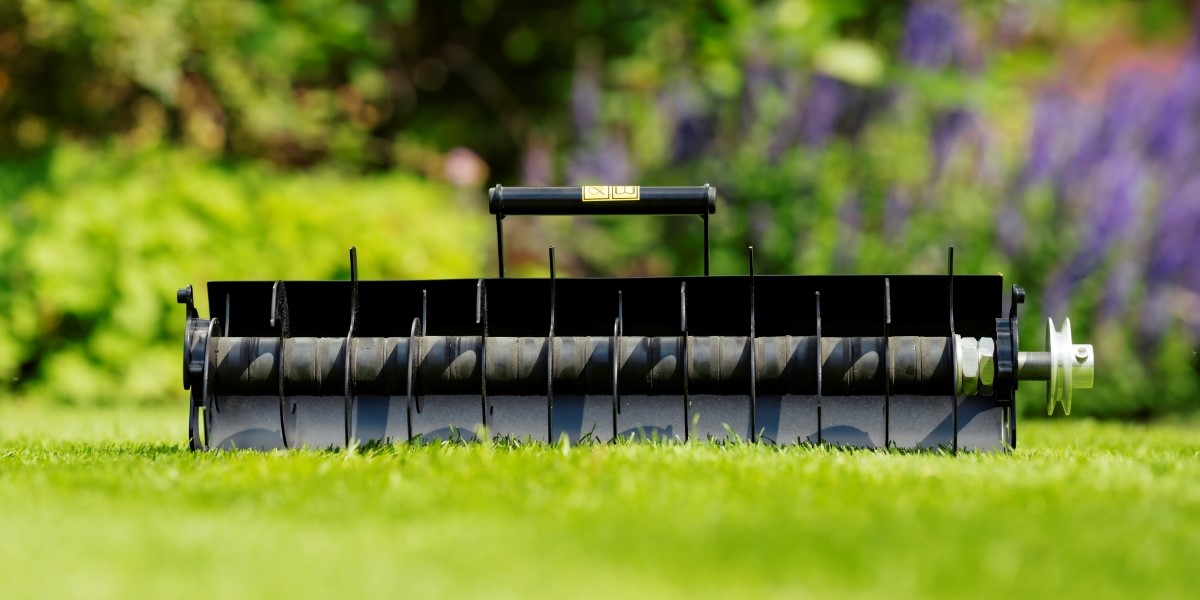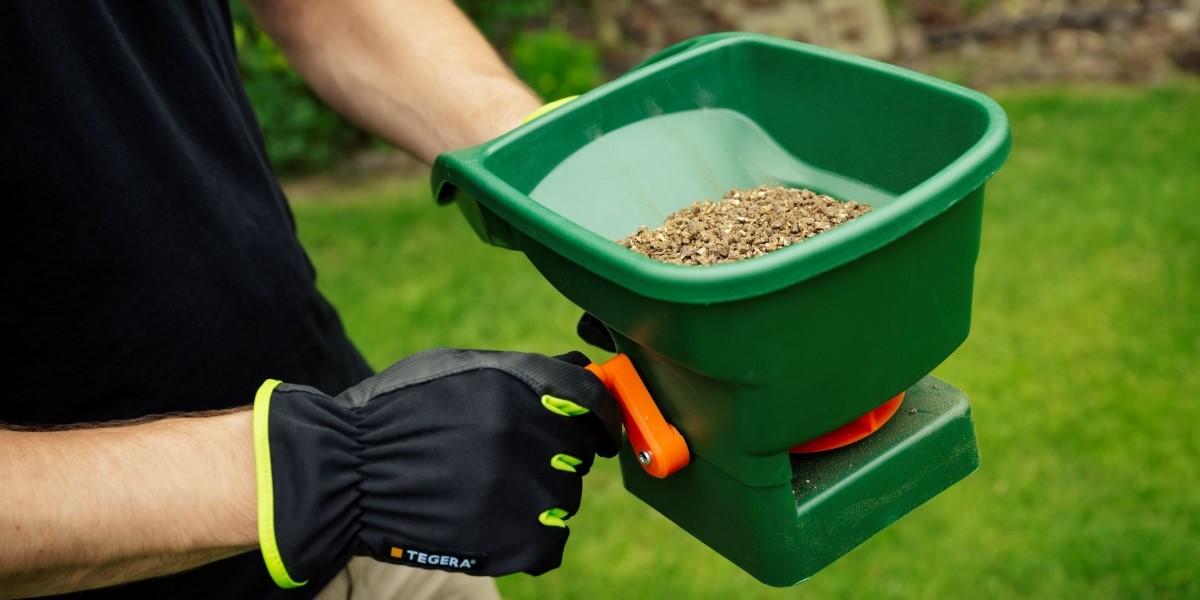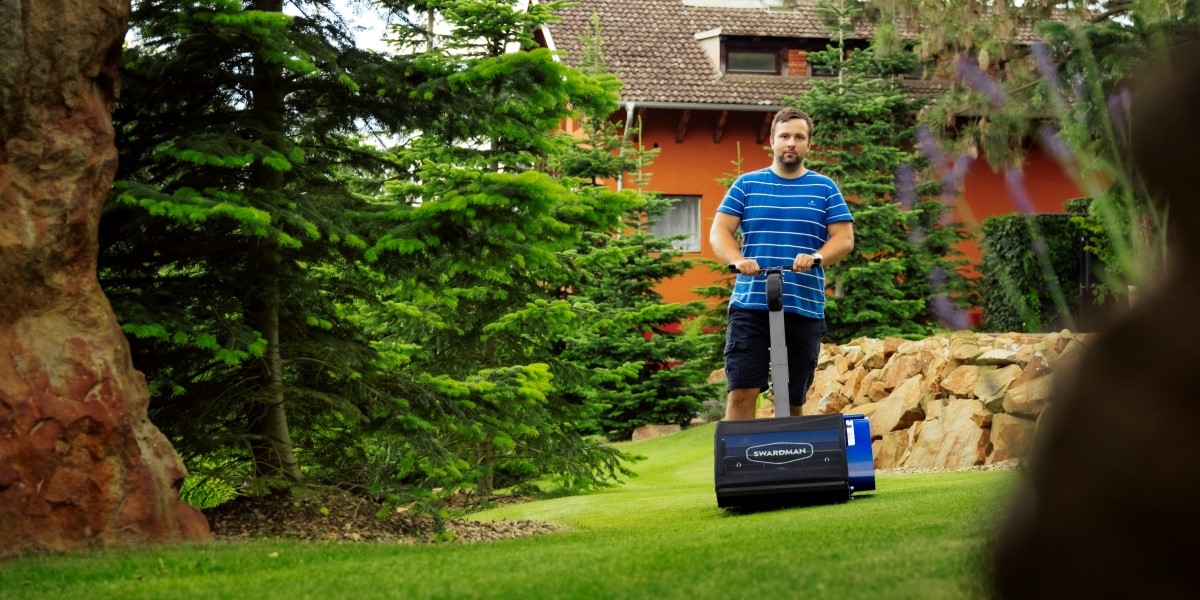How to Take Care of Your Lawn in Spring?
Winter is slowly going away, so it is time to start bringing the lawn to life! Proper care at this time of year is the key to a thick, healthy, and lush green lawn all year round. If you provide your lawn with the right care in spring, it will reward you with vitality and a beautiful appearance. What should you focus on?
1. Cleaning up after winter
The first step is to remove any dirt that has accumulated on the lawn over the winter. Fallen leaves, twigs, and other debris can suffocate the lawn and prevent it from getting enough sunshine and air. If a layer of snow mold has formed on the surface or if there are unhealthy-looking spots on the lawn, it is recommended to gently rake them out or use a scarifier. This simple step allows the lawn to breathe better and prepares it for the next treatment.
2. Verticutting and aeration – but only when the time is right!
Many lawn owners cannot wait to get a hold of their verticutter or mower with a verticutting cartridge, but this is where it is vitally important not to get impatient. To make it absolutely clear, forget about verticutting in early March! The lawn must first recover from the winter and start growing actively. If you were to disturb it too early, you could weaken it, which would create ideal conditions for weed infestation, especially the appearance of annual bluegrass.
So… when is the right time?
We suggest waiting ideally until the beginning of April, when the grass is already actively growing and has sufficient strength to regenerate. Verticutting at this time will help to remove old thatch, improve the access of air to the roots, and encourage dense growth.
If the soil in your garden is dense and compact, you may want to consider aeration later in the spring, which will help your lawn get more oxygen as well as improve water absorption and nutrient uptake.

3. Fertilizing and reseeding – remember, patience pays off
As was the case with verticutting, do not be too hasty with fertilizing and reseeding your lawn. The grass needs time to recover from the winter and start growing properly. The ideal time for the first fertilization and reseeding comes after verticutting, i.e. at the beginning of April at the earliest.
Fertilization
In spring, what the lawn needs above all is nitrogen, which promotes growth and gives the lawn a luscious green color. Therefore, at the beginning of April, be sure to use a high-quality spring fertilizer rich in this element. Proper fertilization at this time will ensure that the grass is strong and resistant to disease and weeds.
However, during February and in the first half of March, a high potassium autumn fertilizer remains a better option.
Reseeding of bare spots
Winter may have left bare or thinned spots on the lawn. If you notice them, do not reseed the grass right away! The best time for reseeding comes after verticutting, when the new grass seeds have the optimum conditions to take root. Use good quality grass seed appropriate to your lawn type and ensure that there is sufficient moisture after sowing.

4. First mowing – carefully
When mowing the lawn in spring, it is important to be careful. The first (very gentle!) mowing is possible in late February/March, but only if the lawn is not frozen or waterlogged. Once the warmer temperatures have stabilized and the lawn starts to grow noticeably, you can start mowing the lawn twice a week as usual.
It is advisable to make larger height adjustments only later in the spring, when the grass is in full growth and able to regenerate more quickly.

Conclusion:
- Be patient – the lawn needs time to recover after winter.
- When it comes to verticutting, fertilizing, and reseeding, you should ideally wait until the beginning of April.
- Mowing in late February/March is possible, but only very carefully and under the right conditions.
- Proper care in spring will ensure you have a beautiful, thick, and healthy lawn all year round.
